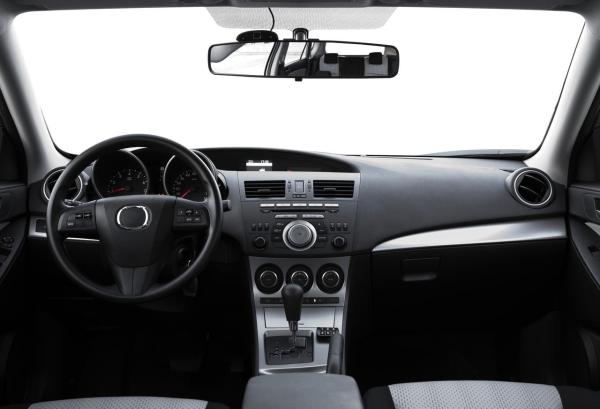A somewhat futuristic piece of news aimed primarily at capturing the technological attention of ordinary humans.
But what really surprises me that it is going unnoticed by our eyes are the tests being carried out in San Francisco since August last year and the approval of the regulator on autonomous vehicles of the highest category, i.e. those of level 4 or 5.
To understand better, level 4 implies the disappearance of the figure of the driver, which becomes completely unnecessary in level 5, as the system has its own back-up. Those authorised for this test were Google’s Waymo and General Motors’ Cruise, with so-called robotaxis. As few of us have had such an experience, I recommend watching it. Nobody denies the enormous complexity of the software that goes into these constructions. In the case of Waymo, we see that, on a platform based on a Jaguar, an I-Pace, and which accumulates 16 million kilometres on public roads and 11 million kilometres in simulation programmes, a complex environment of LIDAR and cameras that build a sophisticated 360-degree vision appears.
What’s happening in the meantime in our country
As you can imagine, we have already been making our first steps since 2020 and 2021. The most advanced, as of today, and since the beginning of 2024 in Spain, would be a Ford Mustang Mach E, the first car with level 2 autonomy, which allows driving without touching the steering wheel or pedals (while maintaining attention) on certain authorised roads (28,500km in Spain). It is already homologated in the UK and Germany, and has already covered more than 160 million kilometres in the USA and Canada with more than 220,000 vehicles. And without accidents.
This delay in the incorporation of the autonomous vehicle could be attributed to many aspects, although the good news is an upcoming regulatory change, which would place us at the forefront of Europe, a true test laboratory, and which would eventually allow us to have cars with maximum autonomy (5) on our roads in 2026.
Other aspects to consider
We are going to see a lot of resistance. Some are due to a lack of confidence due to malfunctions that could lead to accidents. From San Francisco itself, there is strong resistance, and even masses of people have attacked the vehicles in Chinatown. It is clear that the autonomous vehicle will be a strong disruptor of the transport sector, which would then be oriented towards a complete service, with the possible disappearance or transformation of quite a few jobs. And this is a cause for concern. Professional organisations are starting to voice their opinions and we may have a new battle for manufacturers beyond the electric vehicle itself.
But let’s not forget that whatever happens, there are two enablers and challenges for the entire autonomous vehicle industry.
The first is cybersecurity, as we cannot understand how our vehicle could be vulnerable to attacks from third parties. And the second, which is intrinsic to the first: however autonomous a vehicle of these characteristics may be, its connectivity, i.e. 5G, is essential. It is a massively connected vehicle, and as a use case it will surely justify the construction and improvement of such network infrastructure. Even more so if we analyse the upcoming 5G capabilities, in its versions 16, 17 and 18, where we will see highly sophisticated functionalities called NR Cellular V2X, P2V and IoT Relay that enable sophisticated interaction of the vehicle with its environment.
I recommend you keep an eye on the steering wheel and the road – there are a lot of changes coming!







